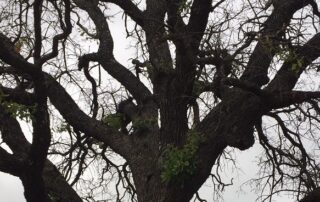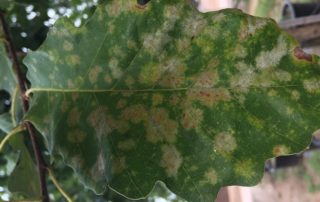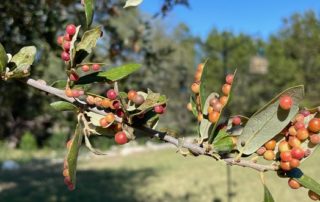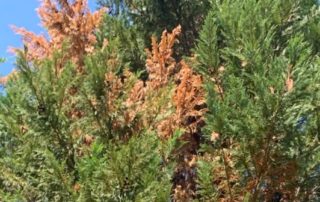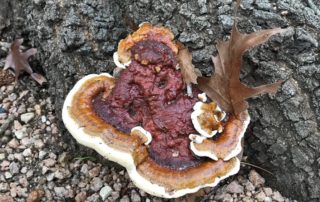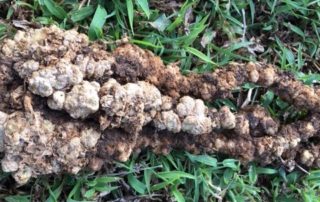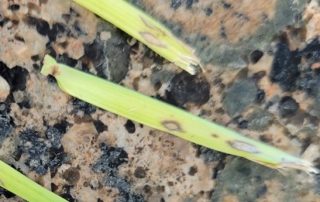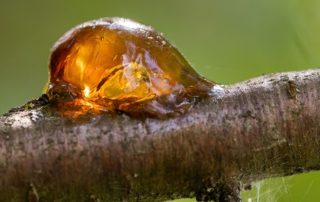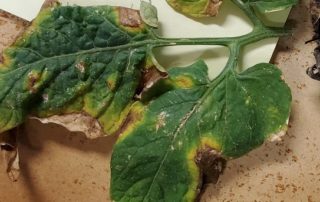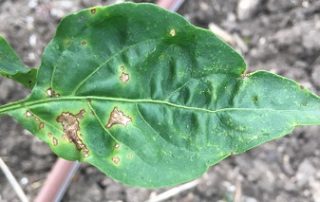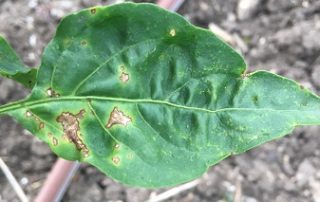Rapid Decline of Post Oaks in Texas
I first became aware of this Decline of Post Oaks when visiting a Texas A&M AgriLife Extension booth at an annual trade show several years ago. I had been aware of how the severe drought in 2011 was continuing to plague our trees even more than a decade later, but had not heard of the Post Oak Decline. The incidence of Rapid Decline began in earnest after the severe drought of 2016. Since then I have experienced first hand the devastation this has caused to so many stately old trees. [...]

